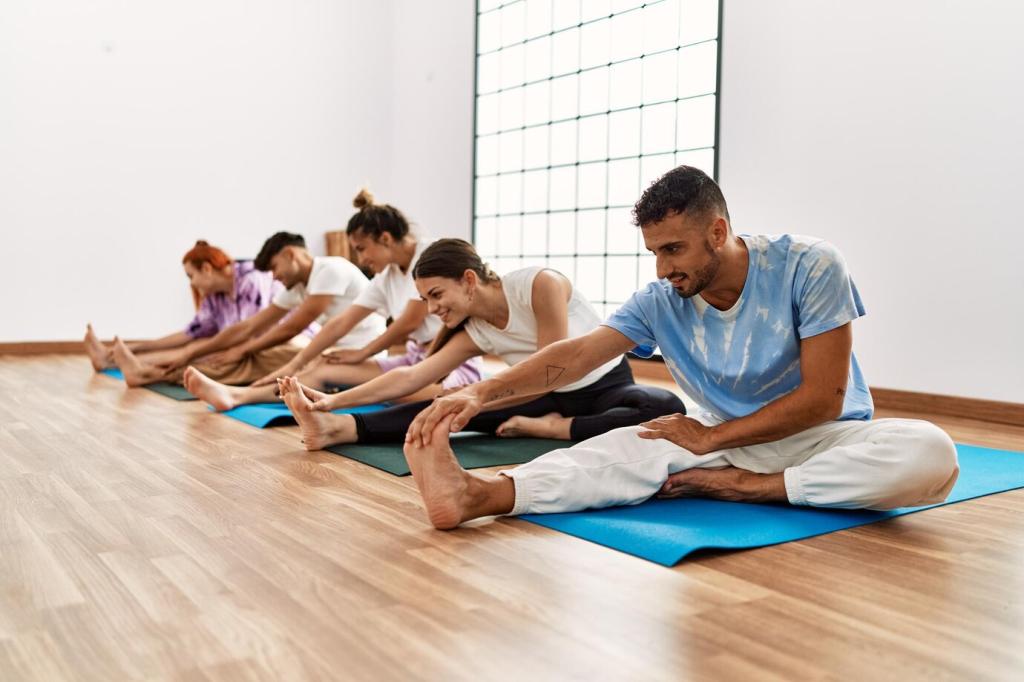Endurance Techniques for Runners, Cyclists, and Swimmers
Nasal breathing humidifies air, filters particles, and helps regulate intensity. During easy runs or spins, stay conversational using only the nose. Many athletes report steadier heart rates and fewer stitches. Try it for twenty minutes and share your heart rate data.
Endurance Techniques for Runners, Cyclists, and Swimmers
Link breaths to steps or pedal strokes, such as a 3:2 inhale–exhale pattern for moderate efforts. This anchors rhythm during fatigue. Experiment across terrains, log perceived exertion, and post your favorite ratios for hills versus flats.




